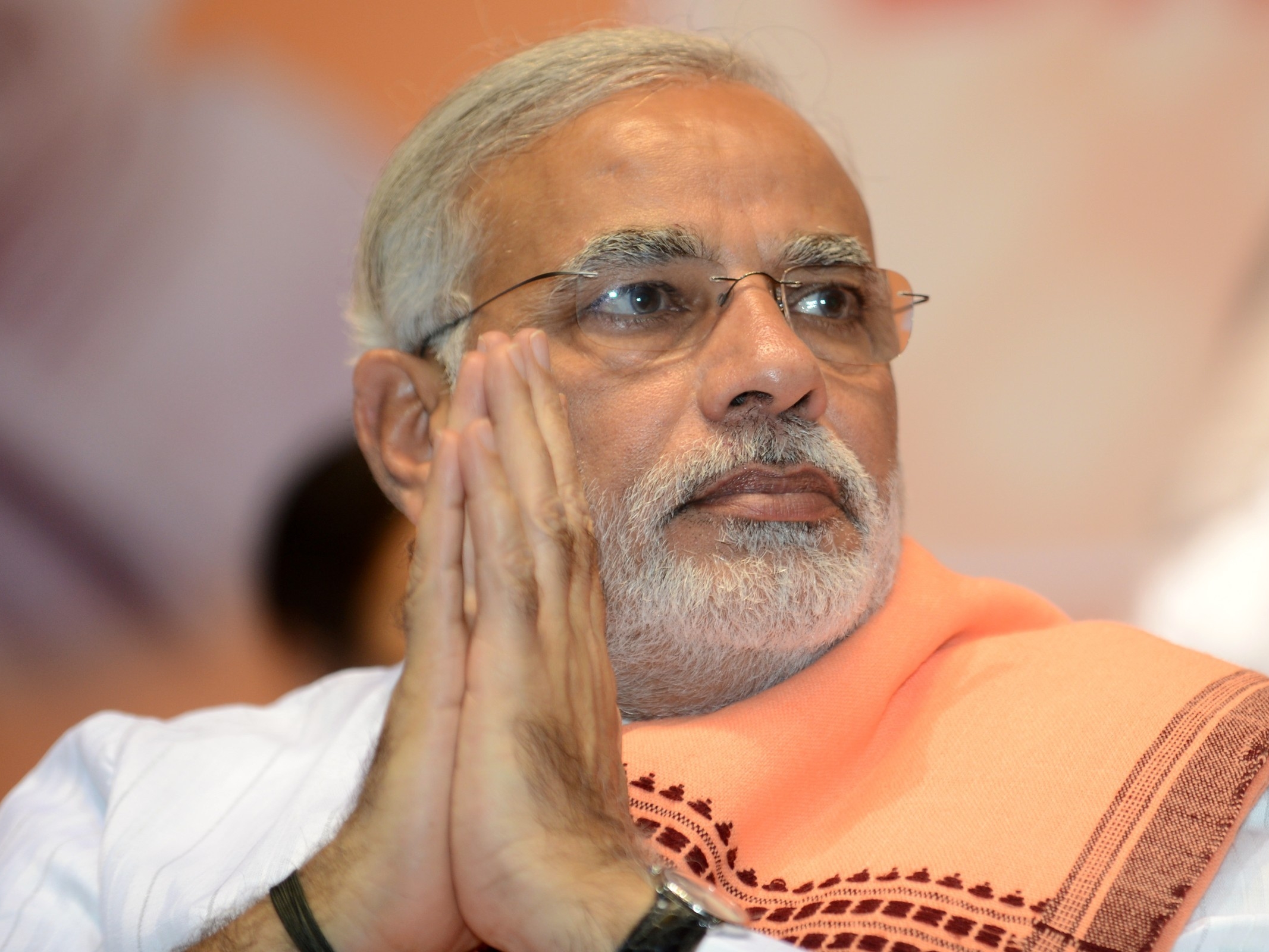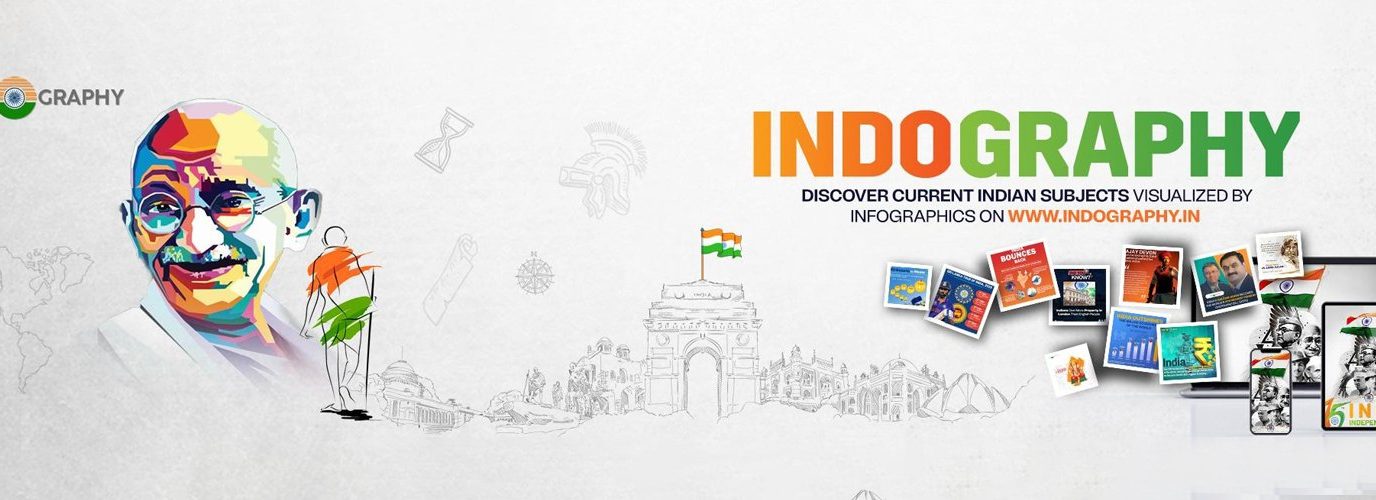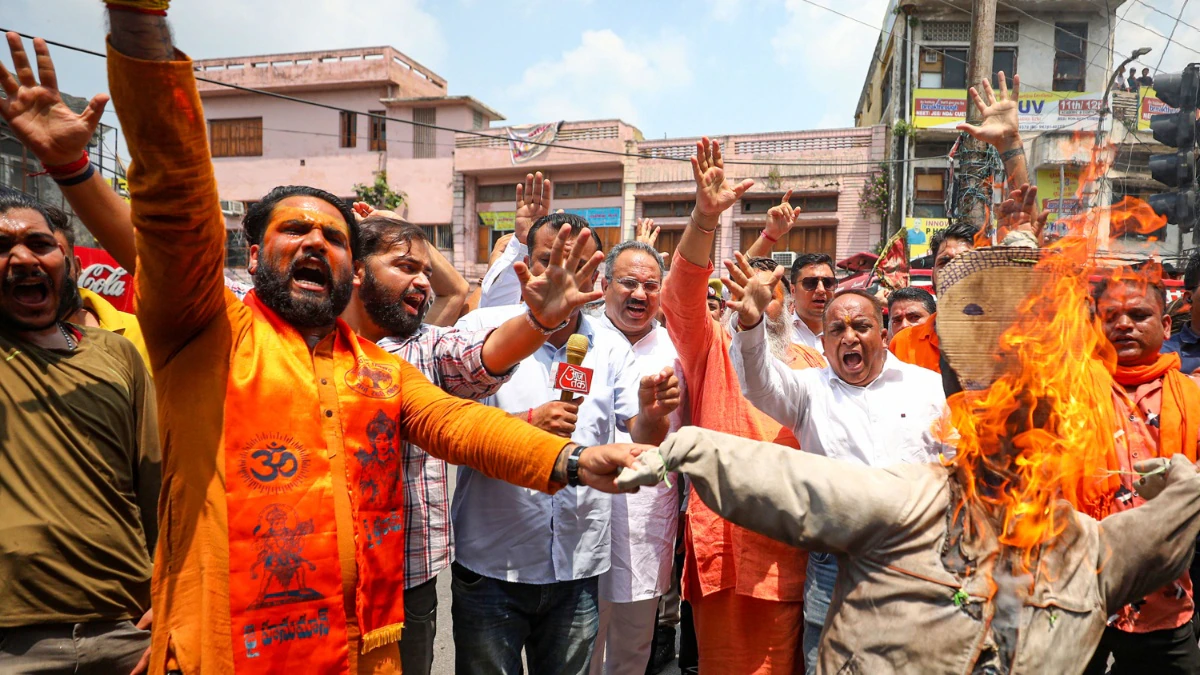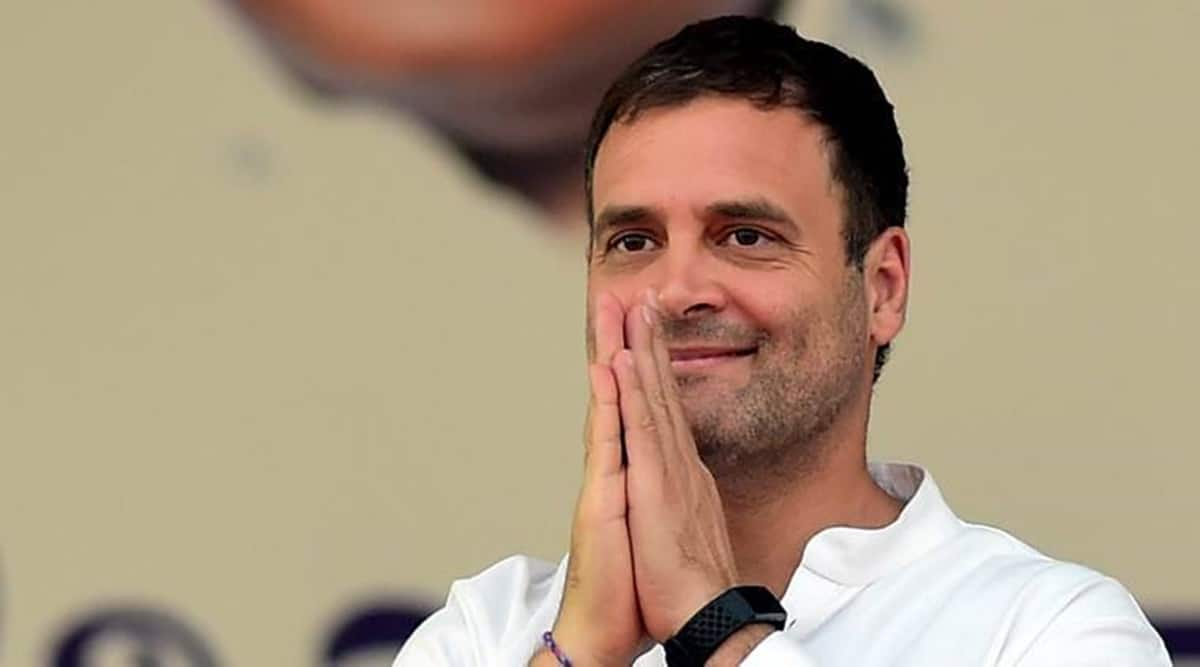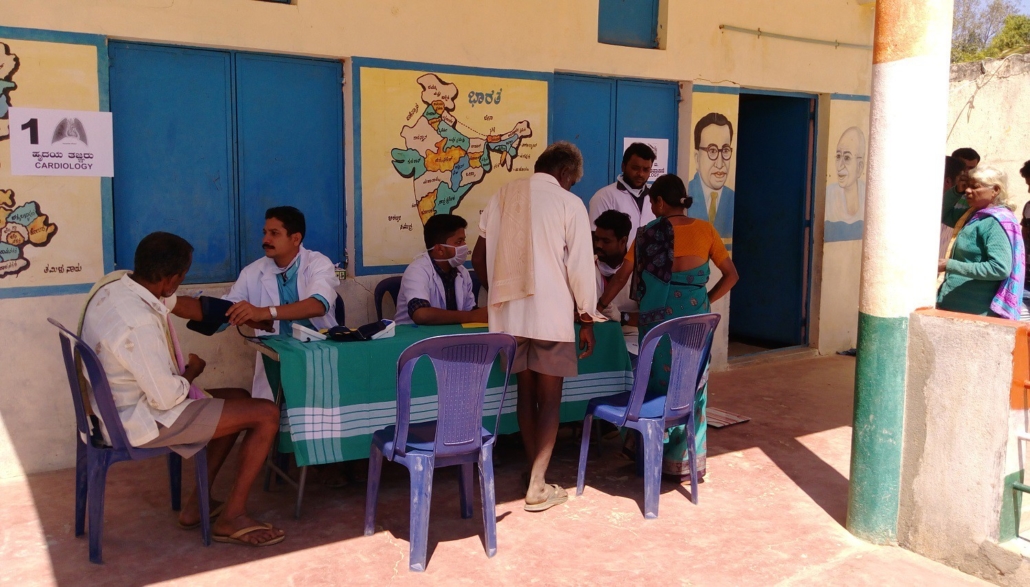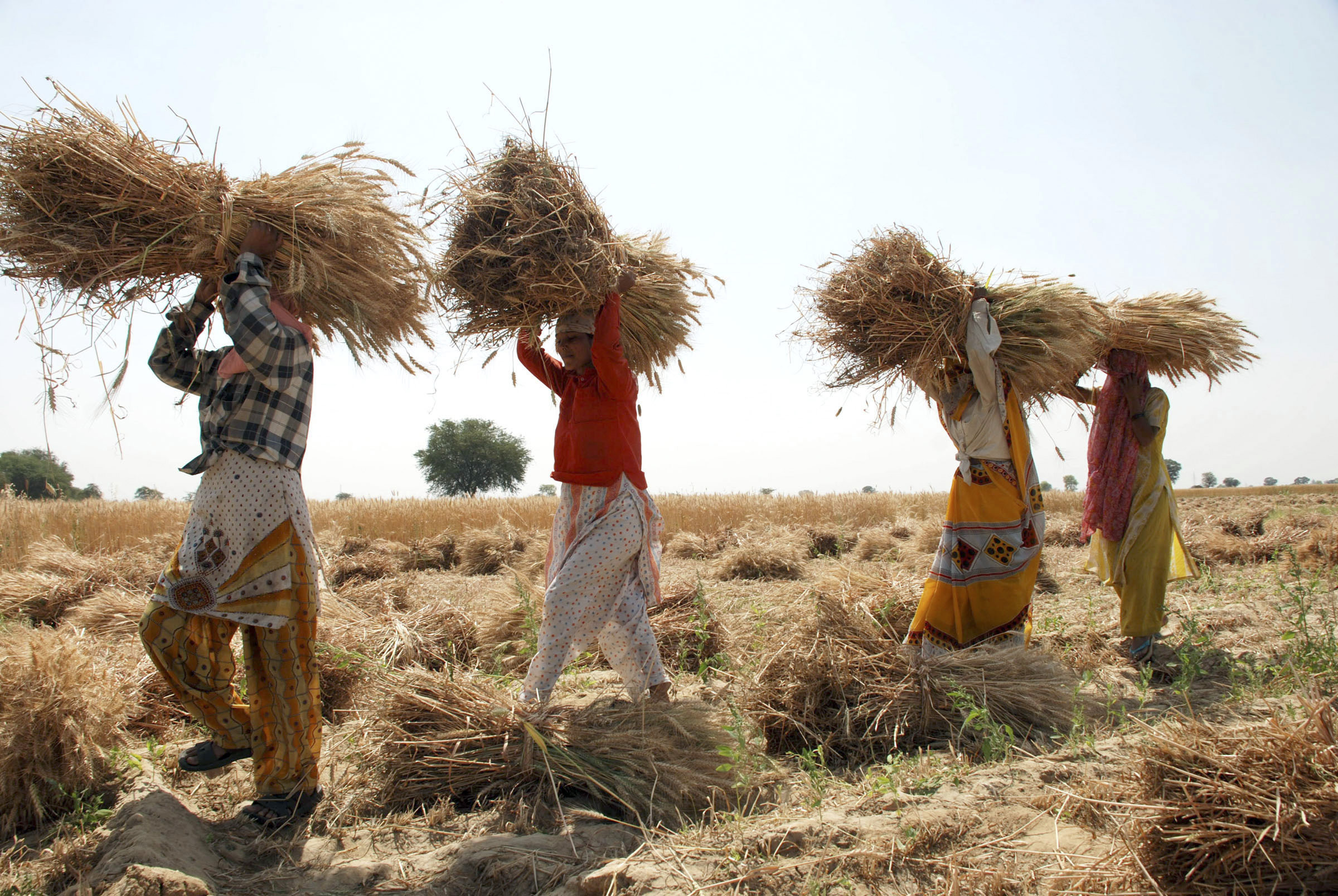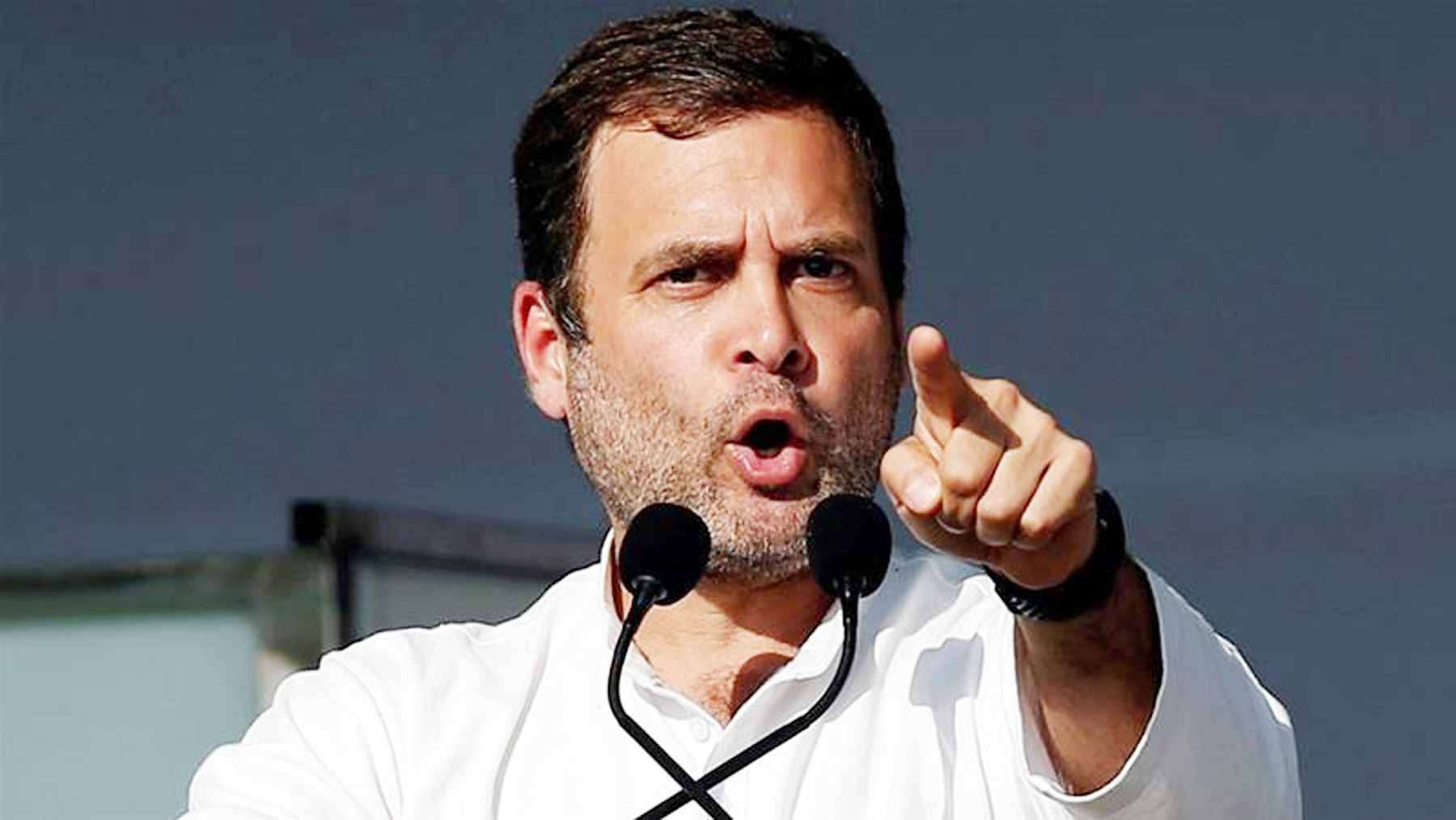Every Independence Day serves as an occasion to pause and consider India’s development trajectory as a whole. Prime Minister Narendra Modi’s prediction that India will overtake China as the third-largest economy during Modi 3.0 goes beyond empty pre-election hyperbole since it is supported by the most current data sets that all go in the same direction. This prediction comes ahead of India’s 77th Independence Day.
India saw the rise of a dynamic politician who would later direct the course of the country’s development and have a major impact on international debates. The Modi era, which runs from 2014 to 2024, has seen extraordinary change on both a national and global scale. India has pushed forward to set the agenda for global discourse under Modi’s leadership, with endeavours ranging from economic reforms to foreign policy initiatives.
India, a country that was forced to follow the dictates of developed economies before 2014, was a follower rather than a leader. At the end of the Modi-led government’s term, India will be nearly equal to the United States of America in terms of setting the agenda for economic progress, climate change, and world peace. The world pays attention when economies grow and succeed, just as merchants pay attention to customers. This is due to the fact that purchasers now have more purchasing power to expend on purchases of development and defence from industrialised countries.
India’s spectacular post-Covid resurgence, which has continued until 2023 and can be measured via a variety of objective prisms, is the reason for its increased economic dominance.
According to robust macroeconomic data and projections from the International Monetary Fund’s (IMF) World Economic Outlook Database, India’s manufacturing and services PMI are both growing steadily, and just a few days ago, Morgan Stanley upgraded India to the top spot among Asian Emerging Markets in a report from S&P Global.
The four recommendations above are not intended to support preconceived notions by selectively using evidence. Instead, they list a number of reasons why India is influencing global debate during what I refer to as “The Modi Decade.” According to a renowned economist, “India’s golden period is now,” not some unspecified time in the future.
In the likely scenario that a stable political outcome occurs in 2024, a stable regime in India positively affects domestic and international business and investment sentiments and portends positive geopolitical calibrations for the future of regional stability in Asia and the West. By 2026–2027, according to the IMF’s World Economic Outlook Database, India would surpass both Japan and Germany. However, although a continuous average GDP growth rate of 6% assures that India keeps the title of “fastest-growing economy,” we will also need to strive towards increasing per capita GDP and per capita productivity in order to attain improved living standards and inclusive growth. Only by making more provisions for higher skilling and producing youngsters who are prepared for the workforce could such a result be achieved. Only 45% of graduate job applicants in India now possess the necessary technical abilities to satisfy the demands of the rapidly evolving Industry 4.0.
This is due to India’s tectonic socioeconomic transformation under Modi, which is linked to structural changes and well-defined policies. Despite the de-growth over the past two years caused by COVID, the gradual change in India’s demographic composition over the past decade is the result of growing economic intensity. As a consequence, the affluent have gotten richer, generating more employment and paying greater taxes, while middle-class household incomes have increased to between Rs 6 lakh and Rs 18 lakh a year. The poor have become less impoverished as a result.
India is becoming a popular investment destination, especially for foreign investors searching for the “China +1” alternative, because of the emergence of the “middle order,” which has better discretionary incomes and higher levels of domestic demand and consumption. This stands in stark contrast to elements that hinder global growth since the West is currently facing the highest levels of inflation and interest rates in recorded history. In addition, wealthy countries have been “growing warmer, older, and more politically fraught with geopolitical variables” and de-globalising.
India has been elevated to the highest rating among Asian Emerging Markets out of the 27 nations Morgan Stanley is tracking. Rating improvements often indicate favourable MNC attitudes since FPIs and FDIs start to give them more weight when evaluating geographic growth. The Modi 1.0 policies that were put in place, such as the formalisation of the economy through the GST, the new bankruptcy code that has sped up debt recovery and resolution along with a sharp decline in corporate leverage, and competitive tax rates for establishing new industries, have all contributed to the trending upturn of the Indian economy. These policies have also had a positive effect on industrial acceleration. India’s economy is predicted to develop at a rate of 6.7% yearly between 2024 and 2031, according to a separate estimate by S&P Global, portending a long upward growth cycle. According to S&P, India’s GDP is anticipated to double from its present level of $3.4 trillion to $6.7 trillion, while its per capita income is anticipated to increase from $2,500 to $4,500.
India’s newly found assertiveness has frequently highlighted the need for MBD reform during both its current G20 chairmanship and Prime Minister Modi’s visit to the US in June. Modi has emphasised the necessity of MBDs allocating more financial resources to developing nations in order to address the challenges of the twenty-first century; he has also pushed for greater latitude in debt relief and relief for poorer economies; and he has championed the cause of more development funding for the Global South. The majority of international meetings are limited to formulating idealistic, long-term goals without establishing firm deadlines, turning them into pointless talk shops. The emphasis, however, is on outcome-driven agendas to assess progress more regularly in important areas during India’s G20 chairmanship.
Taking inspiration from previous G20 presidency precedents, PM Modi has launched a number of pro-environment measures, including:
- promoting a circular economy and resource efficiency
- concentrating on stopping land degradation and enhancing biodiversity
- pursuing water resource management that is climate-resilient
- Creating the International Solar Alliance with a Focus on Infrastructure for Disaster Resistance
To demonstrate the initiative it has taken in creating its digital public infrastructure (DPI) at the G20 high table is the most significant transformation the Modi-led administration has championed as a paradigm module for ‘global best practise copying. Despite the challenges posed by poor digital literacy, DPI has been embraced on a mass scale due to the lowest data rates in the world and high mobile density, acting as a digital gateway to facilitate the smooth delivery of key services and financial transactions to end-users. India’s transformation from a high-cash economy to the largest platform for digital transactions in the world thanks to this special module is prompting developed countries to show interest in working with Indian officials to emulate the benefits of India’s DPI progress.
During the “Modi Decade,” India’s population went from being 80 percent unbanked to 80 percent having access to formal banking. Nine years ago, we were a collection of offline, unofficial, low-productivity microeconomic systems. Today, we are a single online, formal, and higher-productivity mega economy. The DPI-powered financial inclusion enables data created through the usage of digital transactions to supply “digital capital,” and it also captures a sizable digital database that can be kept and used in numerous ways for future development and referral vectors.
All of these actions serve as evidence that India leads by example and fosters agreement and collaboration. No one country can tackle the problems of the twenty-first century on its own without utilising collaborative action; hence, the global agenda for outcome-driven systemic improvements must be driven by collective action.
India has seen rapid development throughout the Modi decade, both at home and internationally. India’s ascent as a global superpower has been fueled by economic reforms, diplomatic endeavours, climate action, and technical developments, positioning it as a key actor in setting the global agenda.
India’s trajectory under Narendra Modi’s leadership is a monument to the country’s resiliency, tenacity, and dedication to building a brighter future as the decade comes to a conclusion. The Modi decade’s effects on India’s development and influence will last for years to come, reshaping the direction of world opinion and redefining India’s place in the twenty-first century.
